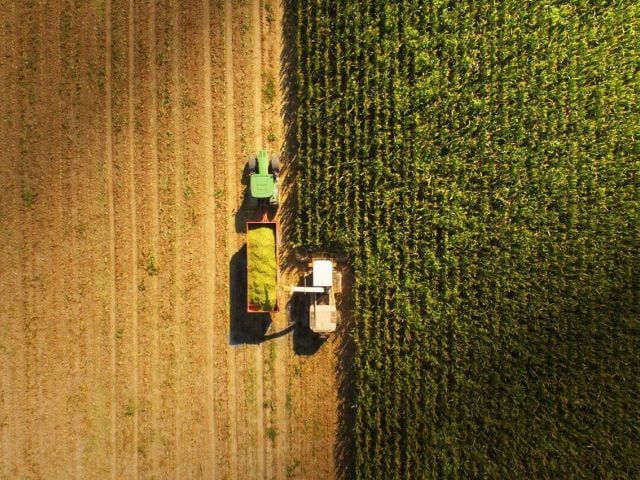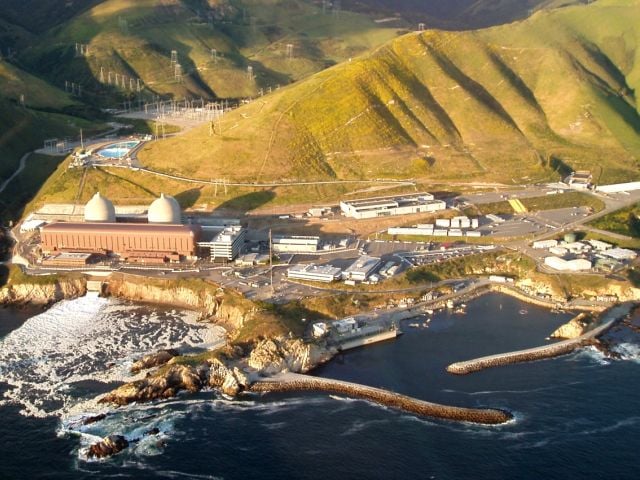WASHINGTON – Almost all of California’s factory farms are very close to water sources that are used to irrigate crops, creating the risk of foodborne illnesses, a new Environmental Working Group investigation finds.
Dangerous bacteria commonly found in animal manure, like E. coli and salmonella, can wash or drift with dust into these waterways, which are often used to irrigate food crops such as leafy greens. When people eat produce tainted with such pathogens, they can become very sick or even die.
“California grows many of the fruits and vegetables consumed across the country,” said EWG Senior GIS Analyst Ethan Bahe, author of the investigation. “So when the state’s produce is contaminated with pathogens, just about everyone is at risk for serious or even life-threatening foodborne illness as a result.”
EWG experts used data from the California Environmental Protection Agency’s State Water Resources Control Board to geolocate 1,062 of the state’s concentrated animal feeding operations, or CAFOs, which house nearly 77 million animals.
Of those, 986 – almost 93 percent – were within 1 mile of canals often used to water crops. And 449 – 42 percent – were within a quarter of a mile of such waterways.
Most California CAFOs produce cattle, with 911 housing 3 million cows. Many of the other CAFOs contain poultry, with 150 facilities housing 73.8 million chickens, ducks and turkeys.
The presence of open manure storage tanks and feedlots close to an irrigation canal – sometimes only feet away – makes it easy for bacteria and other pathogens to wash or blow off feedlots and other CAFOs and end up on produce.
Research shows that pollutants from animal feeding operations can cause respiratory damage in residents up to 4 miles away. So it’s probable that bacteria in manure on cattle feedlots can drift on air currents into fields or waterways up to that distance.
The closer a CAFO is to a body of water, the higher the risk for contamination. In the Central and Imperial Valleys, high concentrations of operations in small areas of land compound the threat.
EWG also identified 2.6 million acres of crop fields in California that are within 3 miles of at least one CAFO – 1.56 million of which are planted with fruits or vegetables.
In 2022, over 251,000 acres in California were planted with leafy greens or melons, two crops that have recently been the source of bacterial foodborne illness outbreaks. Of these, 5.2 percent of those fields, or more than 24,000 acres, are within 3 miles of a CAFO.
EWG looked only at facilities large enough to be considered CAFOs by the federal Environmental Protection Agency. Not included in the analysis are 812 smaller facilities in the Golden State housing an additional 7.5 million animals.
“By mapping the state’s animal operations and their proximity to waterways, we hoped to spotlight the need for stricter regulations,” Bahe said. “But our analysis also shows how, without stronger oversight, food safety in this country is alarmingly precarious.”
EWG proposes that the Food and Drug Administration require farmers who use potentially contaminated irrigation water on their produce to regularly test for these contaminants.
And EWG says the EPA should more rigorously oversee the large amount of manure produced by CAFOs.
###
The Environmental Working Group is a nonprofit, non-partisan organization that empowers people to live healthier lives in a healthier environment. Through research, advocacy and unique education tools, EWG drives consumer choice and civic action. Visit www.ewg.org for more information.



